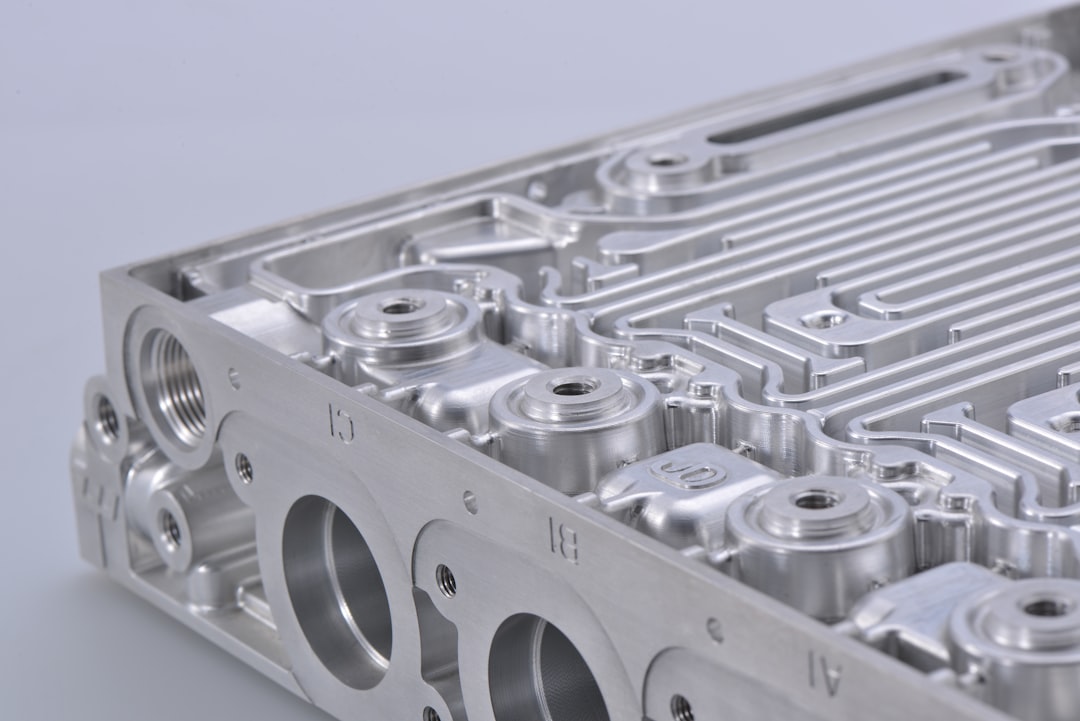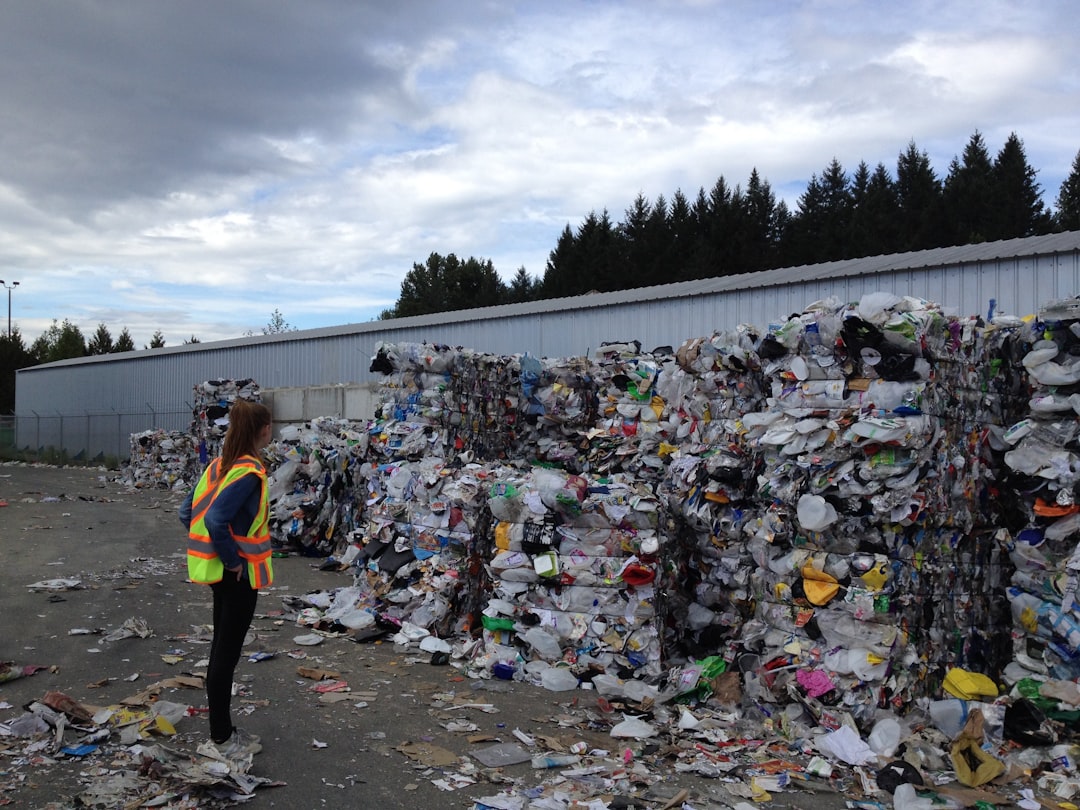What is it about?
Demand and supply are the two main aspects of the economy. This paper presents turkey's demand and supply-driven industrial carbon linkages. The paper also develops a new method for estimating demand and supply-driven industrial carbon linkages.
Featured Image

Photo by Patrick Hendry on Unsplash
Why is it important?
This research is novel in several respects. First of all, there is not much literature available on the inter-sectoral carbon linkages of the Turkish economy. Contrarily to the usual demand-driven approach, our study reports both demand and supply-side emissions under a direct multiplier, the total carbon linkage impact (Original HEM) and the impact of backward and forward CO2 linkages on the remaining sectors. We also restructured the so-called modified hypothetical extraction method (MHEM) by applying the Ghosh model for the measurement of net forward (pushed) emissions. The Leontief model was used only for the measurement of net backward (pulled) emissions. In addition, we have introduced sectoral emissions from both internal purchases (in-sector demand emissions) and sales (in-sector supply emissions). We call it a hybrid modified hypothetic extraction model. Finally, it presents policy implications on the basis of our numerical findings.
Perspectives
This article is of interest to me because of the hybrid modified hypothetical extraction method (HMHEM) developed by us for this paper to calculate both demand and supply-driven net industrial carbon linkages.
Dr. Muhammad Jawad Sajid
Xuzhou Institute of Technology
Read the Original
This page is a summary of: Demand and supply-side carbon linkages of Turkish economy using hypothetical extraction method, Journal of Cleaner Production, August 2019, Elsevier,
DOI: 10.1016/j.jclepro.2019.04.234.
You can read the full text:
Resources
Contributors
The following have contributed to this page










